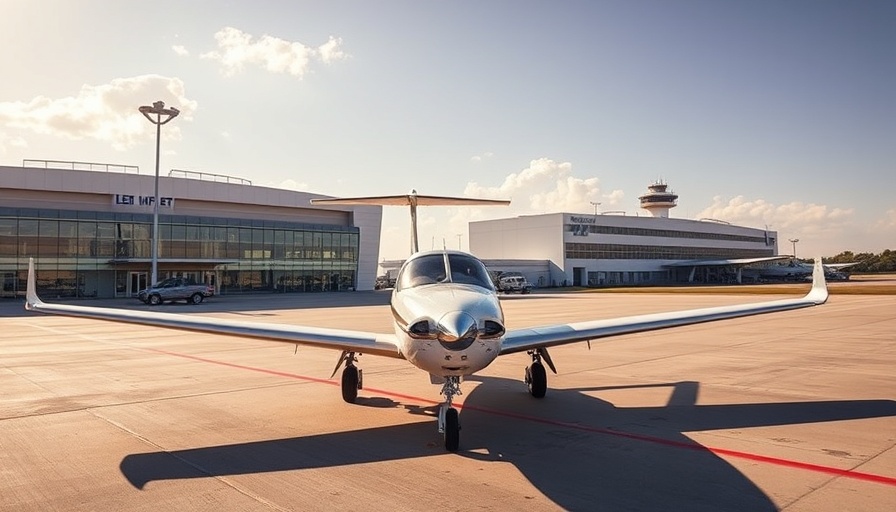
Two Idiots, One Airplane, Endless Adventures
For aviation enthusiasts, flying into the legendary EAA AirVenture in Oshkosh, Wisconsin, is nothing short of a rite of passage. Join two aviation lovers, Dave Stanchuk and Doug Daverne, as they recount their wild adventure flying their vintage 1967 Cessna 172H, affectionately named "Whiskey Hotel Charlie," from Regina, Saskatchewan, to one of the largest gatherings of aviation in the world. With dreams of flying into AirVenture for the first time, the duo's journey was not just about making memories, but also about learning from unexpected challenges along the way.
The Journey Begins: Leaving Home for Adventure
The trip was well-planned, with a route that was initially mapped out as a straightforward journey from Regina to Minot, North Dakota. However, things quickly turned chaotic when Dave realized he had not properly filed the necessary arrival permissions, specifically the eAPIS form required by Customs and Border Protection. With just a few hours before their planned departure, the last-minute scramble forced them to rethink their landing strategy, shifting their first leg to smaller airports where the bureaucratic red tape would be less daunting.
The Unexpected Hurdles of Air Travel
“Things don’t always go according to plan, especially when flying,” Doug remarks. From weather changes to unresponsive customs officers, their experience brings light to the bustling environment of AirVenture. These hurdles tested their patience and flying capabilities but ultimately enriched their journey. They emphasized the importance of preparation—understanding customs processes, filing required forms, and being adaptable.
Essential Tips for Flying to EAA AirVenture
Here are some key takeaways from their experience that can be invaluable for pilots considering a flight to AirVenture:
- Research and Preparation: Familiarize yourself with the EAA's guidelines on flying into Oshkosh, especially regarding the Notice to Airmen (NOTAM). The EAA provides essential information that should be read thoroughly.
- Flight Coordination: Make sure to have your aircraft’s registration and all required documentation ready. It may be beneficial to have someone experienced guide you through the customs process to avoid mishaps.
- Plan for Contingencies: Weather can change rapidly. Ensure you have fuel reserves and understand your alternate landing options in case you need to divert. Knowing your limits can help you manage unexpected situations better.
Your Arrival at the Busiest Airport in the World
Oshkosh transforms Wittman Field into the busiest airport in the world during AirVenture week, which requires pilots to be well-prepared. Highlighting some top tips from experienced AirVenture attendees:
- Practice your spot landings before take-off; you may be directed to land on specific painted dots.
- Stay observant while approaching; maintain communication with air traffic control, and be prepared to adjust based on real-time updates about approach traffic.
- Bringing a friend who is knowledgeable about the area can provide an additional set of eyes and help reduce the stress of flying into such a crowded space.
Making the Most of Your AirVenture Experience
Beyond the chaos of flying in, AirVenture represents a unique opportunity to connect with fellow aviation enthusiasts and discover new technologies and aircraft. Every year, over half a million visitors gather to share their passion for aviation. Enjoy the camaraderie, deepen your knowledge, and take advantage of networking opportunities that could enhance your flying journey.
Call to Action: Join in the Adventure!
Are you ready to take to the skies and experience the thrill of joining the global community of aviation enthusiasts at EAA AirVenture? Start planning your adventure now, and don’t forget to share your experiences with fellow aviators. It’s time to enjoy the fun, the friendships, and the miracle of flight!
 Add Row
Add Row  Add
Add 




Write A Comment